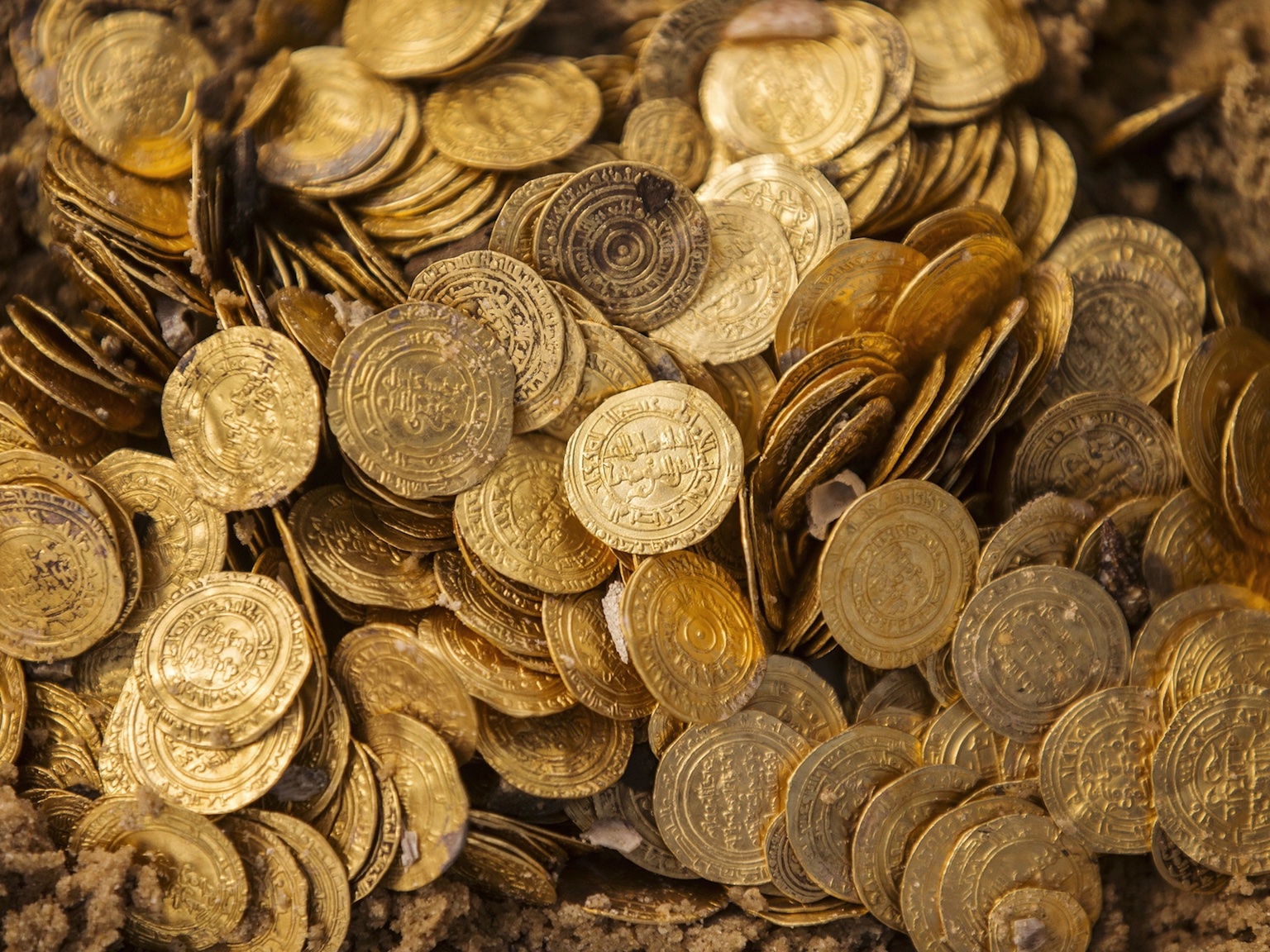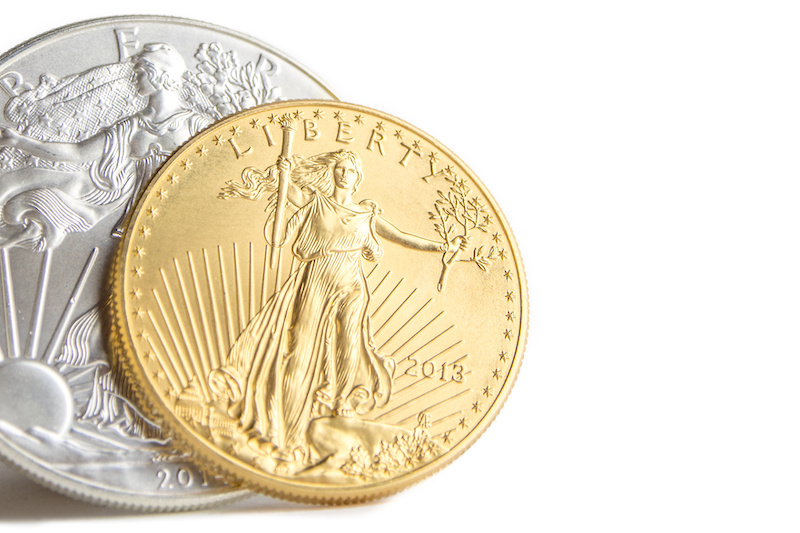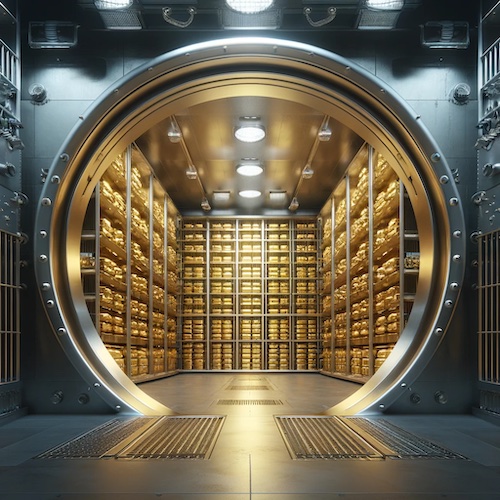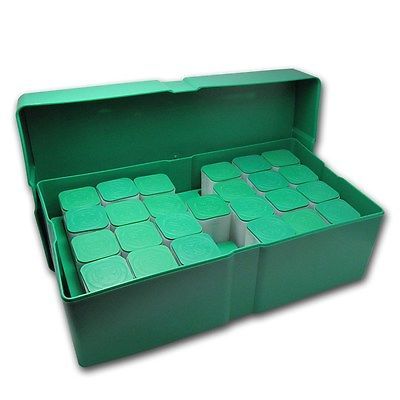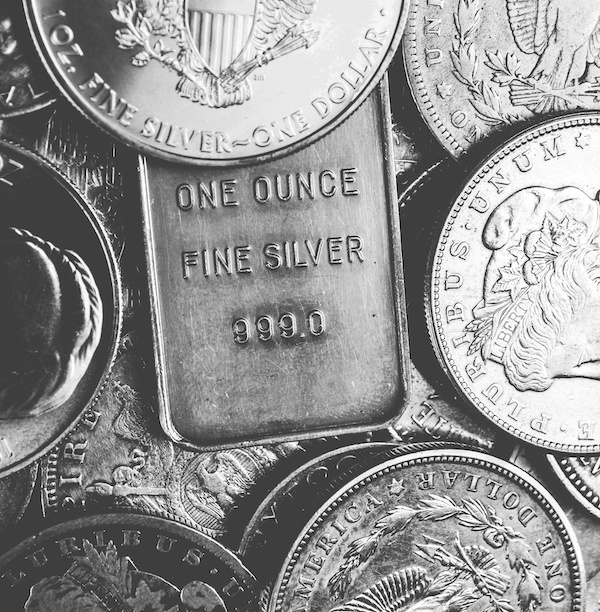Whether you should buy a safe to store precious metals at home depends on several factors and personal preferences. Many investors choose to store their metals at home, sometimes alongside firearms and other valuables.
There are many advantages to keeping your precious metals at home. Most importantly, you will always have direct, anytime access to your precious metals without needing to go through a third party or institution.
In situations where part of your holdings may be stored in a bank safe-deposit box or third-party depository, you are at the mercy of the facilities business operating hours. In recent years, the trend within the banking industry has been to eliminate or consolidate their deposit box services to fewer locations, limiting access even further.
By storing valuables at home, you avoid the risks associated with third-party storage, such as business failure or mismanagement.
This year, we have seen the largest number of bank failures since the 2008 Financial Crisis, and the Federal Reserve is expecting even more to come. In the event of a bank failure, safe-deposit boxes are not insured or protected by the bank.
Keeping your holdings in a home safe ensures privacy and confidentiality. Under the guise of pursuing the profits of criminals, the FBI has seized over $86 million in assets from innocent Americans in recent years that were stored in private vaulting facilities.
Also keep in mind that the risks of storing gold at home are rising. As the United States economy continues to experience recessionary vibes, crime is already on the rise. Stories of gold thefts continue to make recent headlines.
Considerations for a Home Vault for Storing Precious Metals
When buying a home safe for precious metals, it’s crucial to understand that a safe to store precious metals is just one layer of protection that should be part of an overall security plan. Other factors are also important to consider, such as your home’s security, including cameras, monitored alarm system, accessibility and the level of protection you may need against various threats before making a significant investment in a safe.
A small amount of gold and silver can often be hidden throughout the home in places that the everyday thief who’s looking for a quick score might not normally look. Some investors have been known to wrap a few 10 oz silver bars in butcher paper and toss them in the freezer.
Imagine how the structure of a bank was built during the 20th century. After the foundation was laid and cured, the vault would be built next. Secured via reinforcements in the cement foundation. The building was then built around the vault.
The building provides additional layers of security, such as multiple locking doors in between the vault and the exits. Security cameras and alarms provide addition layers of protection at times when the bank is closed.
When considering buying a safe to store precious metals for your home, it is important to consider the location. Consider an area that is against a wall in a low-traffic area. While some locations like the master bedroom closet are obvious to would be thieves, you might consider other options like installing a floor safe beneath a side chair in a home office or den.
Specialty companies also sell various pieces of furniture that are designed to be hidden in plain site.
Most reputable manufacturers will provide options that allow for the secure mounting of the safe to the foundation or framing of the house. This helps to deter would-be thieves from carrying your safe to another location where they have more time and better tools.
Home Safe Options
It’s important to think about the size of your your current collection and any future additions when choosing a safe. If you’re planning to keep some gold at home as a physical savings, a few 1 oz gold coins are small enough to fit alongside a pistol in a nightstand gun safe.
Choose a safe that is heavy enough to deter thieves from trying to remove it from your home. A much better option is to secure the safe with bolts to the foundation of the house. If that’s not possible, securing the safe to the framing inside a closet is another good option.
Look for a safe with high-quality lock mechanical locking mechanism. Electronic safes, such as those having electronic keypads or biometric scanners are easily hackable and many contain default codes from the manufacturer that law enforcement can use to open some safes. Dual locks that requiring two methods to open can provide an extra layer of security.
Choose a safe that has adjustable shelves or drawers that offer options for organization and quick access to frequently used items.
Burglary Ratings
The ability of a safe to withstand attempts by a skilled burglar is measured by its Tool Latency, or TL rating. TL ratings for safes are a set of standards used to measure the security level of a safe, particularly against attacks aimed at breaking into it. The TL rating indicates the amount of time that a safe can withstand an attempted break-in with common hand tools, electric tools, cutting torches, or any combination thereof.
These ratings are issued by Underwriters Laboratories (UL), a global safety certification company that sets industry-wide standards for safes and other security containers.
Below is a list of some of the more common TL ratings and what level of protection is offered from each.
- TL-15: The safe can resist entry for a minimum of 15 minutes when attackers use common mechanical and electrical hand tools or picking tools. The tools could include items such as drills, sledgehammers, pry bars, etc.
- TL-30: Similar to the TL-15 rating, but the safe can resist entry for at least 30 minutes.
- TL-30×6: This indicates the safe can resist entry for at least 30 minutes on all six sides, meaning the door as well as the five other sides of the safe.
- TL-60×6: This is one of the highest standard ratings for commercial safes, signifying that the safe can resist entry for a minimum of 60 minutes on all six sides.
The UL rating of a safe typically corresponds to its price, with higher-rated safes being more expensive and can provide enhanced security features and thicker walls and more robust construction.
For valuable collections, important documents, or significant amounts of cash or precious metals, a higher TL-rated safe might be necessary. Always consult with both a safe professional and your insurance provider when selecting a safe, as insurance coverage requirements may also dictate the necessary security level.
Fire Protection Ratings
Fire ratings for safes are a measurement of how well a safe can protect its contents against high temperatures and fire over a period of time. Independent organizations like Underwriters Laboratories (UL) conduct a rigorous battery of performance tests to see how well safes can withstand intense heat while maintaining a set internal temperature that would prevent damage to the contents.
- UL Class 350: This rating indicates that the safe will maintain an internal temperature below 350 degrees Fahrenheit, which is a critical threshold for paper documents that would char at temperatures beyond this point. The rating may come with a time designation, such as 1 hour (UL 350-1hr) or 2 hours (UL 350-2hr), indicating the duration for which the safe can maintain this protection.
- UL Class 150: This rating maintains an internal temperature below 150 degrees Fahrenheit, suitable for protecting magnetic tapes and photographic records.
- UL Class 125: The highest level of protection for safes, maintaining an internal temperature below 125 degrees Fahrenheit, which is suitable for preserving digital media such as CDs, DVDs, USBs, and external hard drives.
Each class rating come with an additional rating for impact resistance, indicating that the safe can withstand a fall from a certain height during a fire, which simulates a floor collapse.
When choosing a fire-resistant safe, it’s important to consider what you’ll be storing inside it and choose a fire rating that’s appropriate. It’s also wise to consider additional factors, such as water resistance, as fires are typically extinguished with water which can also damage the contents of a safe.
Manufacturer Reputation
Reputable manufacturers have proven processes to ensure that their safes meet high standards for durability and security and stand behind their products with robust warranties and responsive customer support.
Buying a safe from well-known manufacturer will help it retain its value and are easier to sell if you ever decide to upgrade or no longer need the it.
Other Considerations
- Choose a safe that allows for easy access to frequently used items.
- Consider a safe with adjustable shelves or drawers for better organization.
- A good safe should come with a warranty that covers defects and damage.
- Ensure there is customer support available in case you have issues with the safe.
- Buy from a reputable manufacturer known for quality products.
- Read reviews and ask for recommendations from experts or other collectors.
Remember, while no safe is completely impervious to theft, fire, or water damage, a high-quality safe can significantly reduce the risk of loss. Consider the total value of what you are storing and invest in a safe that provides adequate protection relative to that value.
